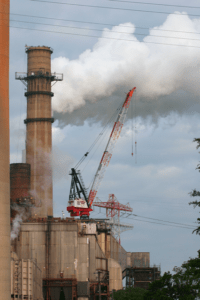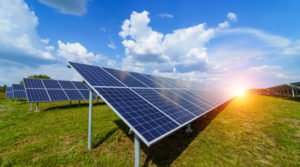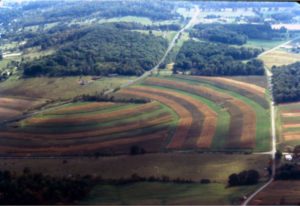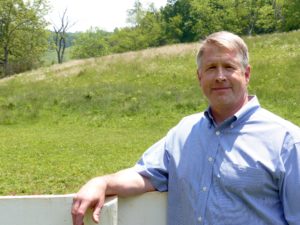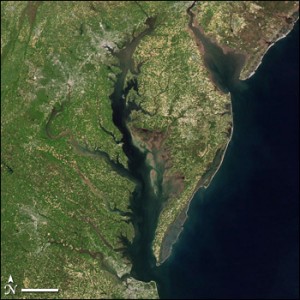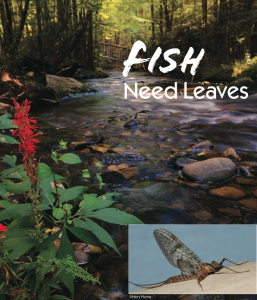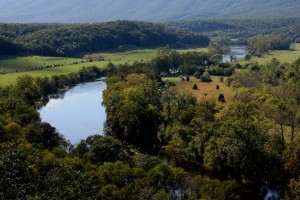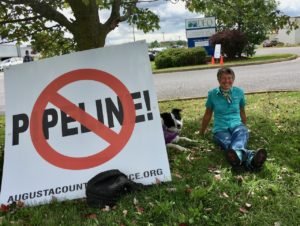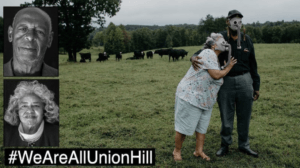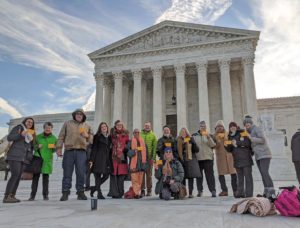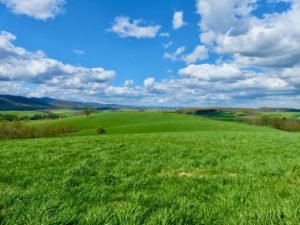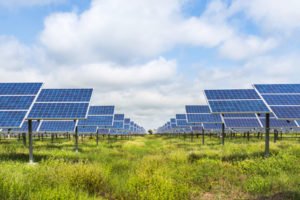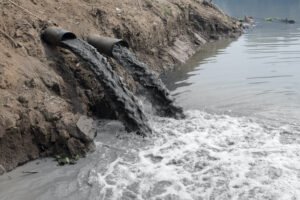Natural Resource Management ISAT 424
Required Reading:
Rachel Carson…she’s one of my heroes. This year for Earth Day (April 22, 2012) it is fitting to honor the 50th anniversary of Rachael Carson’s book, Silent Spring.
The flames of the fire hold my senses hostage. Staring at the orange flames dancing upward I hear the crackling release of carbon entombed in the hardened cell walls of the log. I feel the heat, a byproduct of the transfer of energy as the log is transformed from a […]
When I was born in 1955 the CO2 concentration in the atmosphere was 313 ppm. What? In 66 years, the CO2 concentration has increased by over 100 ppm!
We can’t plop an expanse of solar panels just anywhere and expect it to be right. Solar panels require special conditions to function at their best, and every locality planning to welcome solar panels needs to develop a strategy for optimal placement.
Clouds of soil stir around the hooves of our cattle as they walk through the brown, dried-up pasture. Smoke haze from the megafires out west two thousand miles away permeates the sky. It’s just as the scientists said: The weather is getting warmer and weirder.
In our quest to profit from the land and feed a hungry planet with annual crops such as corn and soybeans, we have abandoned one of the most powerful conservation practices known to science – contour farming.
Beef cattle biosecurity and stream exclusion are very important to this large animal veterinarian. His First Week on the Job On his first week on the job as a veterinarian back in 1993, Scott Nordstrom treated a case that would stick with him the rest of his life. Shockingly, half […]
It’s happening. Throughout the 64,000 square miles of the Chesapeake Bay watershed, there are small watersheds being restored, one by one, slowly but surely. We are going to achieve a restored Bay, one small watershed at a time.
Tofu. That’s what most people think soybeans are grown for. But most soybeans in the U.S. are grown for oil and livestock feed. It’s big business. America is the world’s largest producer and exporter of soybeans with almost 75 million acres planted annually.
Virginia Wildlife Magazine published my article “Fish Need Leaves” in their Jan/Feb 2015 issue. More information about Virginia’s premier wildlife magazine can be found here: www.dgif.virginia.gov/virginia.wildlife Excluding livestock from streams is a first big step for agriculture in restoring water resources and complying with the law that the US Congress passed […]
“Well-managed” farmland and other working “open-spaces” should not be taxed when they provide ecosystem services exceeding the cost of public services for the land. In many states including Virginia, local governments have a special way of collecting revenue from their constituents that have farmland or “open-space” called “land-use” taxation. It’s a method […]
FERC held a “scoping” meeting at Stuarts Draft High School on March 19th, 2015. This was an opportunity for members of our community to voice concerns and participate in the democratic process about the proposed Atlantic Coast Pipeline (ACP). If it’s built it will bisect Augusta County, Virginia, the place where we live.
A bumblebee, a bat, a mussel, and a half-inch, blind crustacean are in the proposed path of the 42-inch, fracked-gas pipeline. All four species are on the brink of extinction—the death of the last individual of the species.
Ash trees are disappearing from the American landscape. All three of the aforementioned ash tree species are critically endangered because of the nonnative Emerald Ash Borer.
Celebrate the victory—the defeat of Dominion Energy’s Atlantic Coast Pipeline (ACP), a 600-mile, high-pressure, fracked-gas pipeline planned to rip through West Virginia, Virginia, and North Carolina. It was a six-year fight for people’s land rights, our water, environmental justice, and common decency.
A textbook example of environmental racism has unfolded in Union Hill, Virginia. When Dominion Energy was looking for a site for its Buckingham compressor station the Federal Energy Regulatory Commission (FERC) and Virginia’s Air Pollution Control Board (APCB) chose the predominately African American community of Union Hill—a community of descendants of freed African slaves.
It was an event of a lifetime—sitting in the courtroom of the Supreme Court of the United States (SCOTUS) hearing arguments in the U.S. Forest Service v. Cowpasture River case on Monday, February 24—the case that will determine if a dirt path, known as the Appalachian Trail, is actually “land” or not.
Note: This was written by a real person: me. Farming is the heart and soul of the Shenandoah Valley and the number one industry in most counties. But perhaps not for long. As I drive around, I can hardly look anywhere without seeing houses, cookie-cutter subdivisions, or big box stores […]
Note: This blog was written by a real person–me. The first Earth Day was in 1970; atmospheric carbon dioxide was 325 ppm. Earth Day 53 is April 22; atmospheric carbon dioxide now exceeds 418 ppm. This year’s theme is “Invest In Our Planet.” First, the Good News The best news […]
Imagine paddling a canoe upstream forever. That’s my metaphor for environmental activism. Activists have been paddling against the current with the Clean Water Act on their backs ever since its passage 50 years ago. We have made a lot of progress, but it’s been against the current the whole time—and […]




